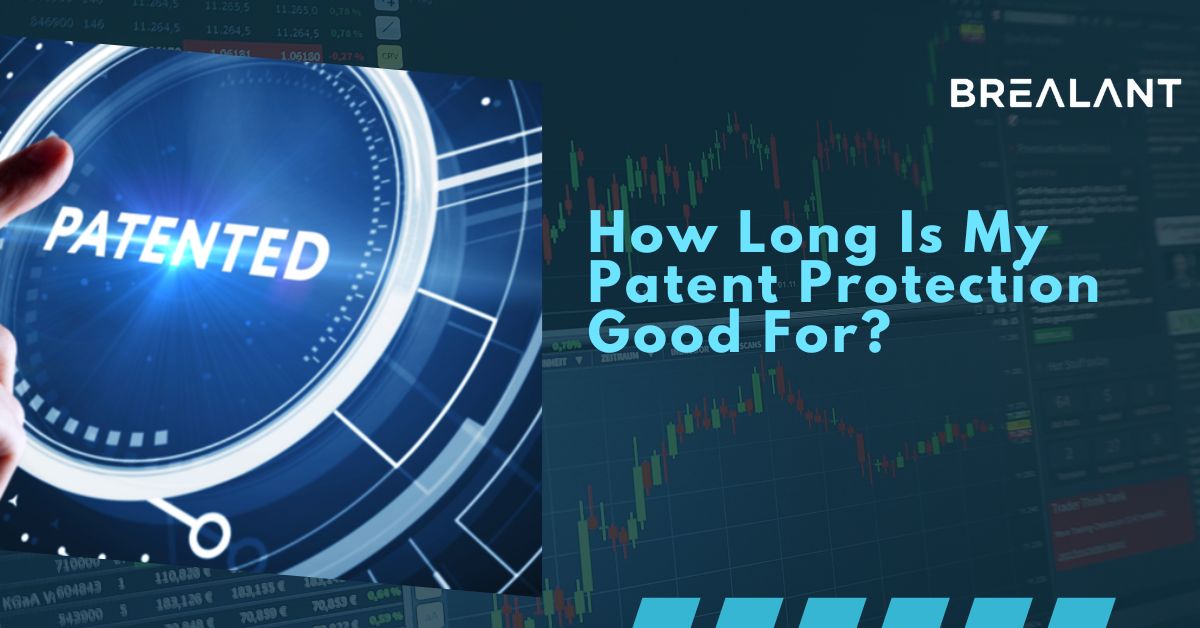

We all know that there are three types of Intellectual Property protection- Copyright, Trademark, and Patent. The validity of each type of protection varies. A patent is an exclusive right to the inventor to prevent others from using, selling, or modifying their invention. Unlike trademarks, a patent cannot protect your property forever. It can provide your property only for a limited period, and the protection depends upon the patent type you have chosen for your product.
Let us look at how long patent protection is good for your creations.
The validity of protection depends on the type of patent you choose. The four types of patent protection are the Provisional patent, the non-Provisional patent (Utility patent), the Design patent, and the Plant patent.
The main difference between the Provisional and Utility patent is that a provisional patent is inexpensive and less complicated to apply than a utility patent, allowing the patent owner to protect his invention while improving it. The validity of each patent protection is listed below.
To apply for patent protection, research whether your invention resembles any other existing patent. After you file your patent application, it is examined to check whether it meets all the requirements and doesn't resemble any other patent application. Once a patent is filed, it will be published after 18 months by the USPTO. The protection applies from the filing date and not from the publishing date. During the patent protection period, a patent owner has the right to file a lawsuit for infringement if anyone tries to sell, modify, or use it without their permission.
If you have multiple patents registered with the USPTO, keeping track of their renewal dates is necessary to protect them for longer. The renewal fees must be paid at 3 and half years, 7 and half years, and 11 and half years. Additionally, the USPTO should pay maintenance fees yearly to keep your patent valid.
A patent can expire even before its expiry period. There are certain reasons for a patent to get rejected or expire before the expiry period. They are listed below.
Once a patent is expired (either after the expiry period or before), it will come under the public domain. Patents under the public domain are no longer protected, and anyone can use them without paying royalties to the patent owner who owned them before. Since the protection period has expired, the patent owner can no longer enjoy the benefits of getting royalties or ownership of the patent. If any patent infringement actions are found during the period of patent protection can be brought into infringement suits even after the period of expiry.
Since patent protection is necessary for inventors who want to protect their creations and inventions from illegal usage or infringements, maintaining its validity plays a major role. Remembering the renewal dates of every patent you own is essential to safeguard your properties from others. Actions that cause premature expiry of a patent should be avoided to keep your patent valid for a longer period. I hope this blog explains the importance of renewing your patents regularly to keep your patent protection valid for longer.
Disclaimer-Brealant provides access to independent attorneys and self-service tools, is not a law firm, and does not provide legal advice.